BHP Stock: Long-Term Potential Amid Cyclical Downturns
Good day, fellow investors! BHP Group (BHP) has faced a challenging period, with its stock down 30% over the last two years. Yet, the fundamentals remain strong—cash flows are healthy, dividends are consistent, and the market capitalization stands at a notable $126 billion. While cyclical downturns in the commodity sector are nothing new, they can often create excellent opportunities for value investors. Let’s take a closer look at BHP’s business, financial metrics, and long-term outlook.
The Business: Premium Global Assets
BHP boasts a portfolio of low-cost, high-quality commodity-producing assets. Key operations include iron ore in Australia, copper in Latin America, and the promising Jansen Potash mine, which is set to contribute 10% of global potash supply. These assets generate substantial cash flows, with an average operating cash flow of $15 billion over the past 15 years.
Shareholder returns have been remarkable, with $83 billion distributed in the last decade—an impressive 8% yield. Despite downturn cycles being more frequent than upturns recently, BHP’s global asset base remains resilient.
Iron Ore Insights
Iron ore production is a cornerstone of BHP’s business, with costs—including mining and shipping—sitting at roughly $40 per ton. While competitors also maintain low production costs, the outlook for iron ore prices is less optimistic. China’s transition to a service-oriented economy has tempered infrastructure demand, causing iron ore prices to stabilize but with potential for future declines.
The cyclicality of commodities underscores the need for diversification, and BHP has strategically expanded into potash and copper—both projected to benefit from long-term global trends.
Copper and Potash Growth Opportunities
Copper is a vital component in global electrification and urbanization, making it a key area of focus for BHP. Through initiatives such as the Chilean growth program and the Jose Maria London mining project, BHP is positioned to expand its low-cost copper production.
The Jansen Potash mine is another long-term growth driver. Set to begin production in 2026, it’s estimated to contribute over 8 million tons annually, equivalent to 10% of global supply. While short-term profitability may be modest, its strategic importance will likely increase in the 2030s.
Financial Metrics and Cyclicality
Recent results highlight BHP’s robust performance, with revenues of $12 billion and a profit of $5 billion for the first half of the fiscal year. Dividends totaled $2.5 billion, representing a yield of approximately 5%. Key metrics such as EBITDA margins remain strong—63% for iron ore and copper.
Despite its strengths, BHP’s sensitivity to commodity prices is notable. A $10 decrease in iron ore prices would reduce EBITDA by $1.1 billion, while a drop in copper prices would cut EBITDA by $2 billion. This reinforces the need for diversified investments within a portfolio.
Valuation and Intrinsic Value
Using an estimated free cash flow of $8 billion and assuming 4% growth over time, BHP’s intrinsic value calculates to approximately $52 per share—aligning with its current price for a 10% long-term return. As a cyclical stock, BHP often presents exceptional buying opportunities once a decade during downturns, making it a compelling addition to diversified portfolios.
Conclusion: Why BHP is Worth Considering
BHP Group offers investors exposure to high-quality assets, steady shareholder returns, and protection against long-term inflation. While its cyclical nature adds risk, its strategic diversification into copper and potash positions it for sustained growth amid global population and urbanization trends. For investors seeking long-term value with a healthy dividend yield, BHP is undoubtedly a stock worth considering.
Do you think BHP’s current cycle presents a buying opportunity? Share your thoughts in the comments below!
https://youtu.be/9Y7LbEoYWp0?si=kWJsA-8PEG4BFuVW
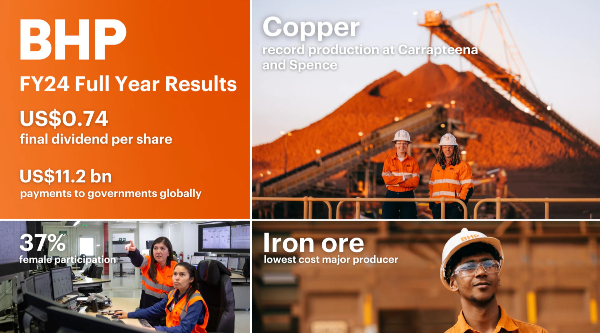

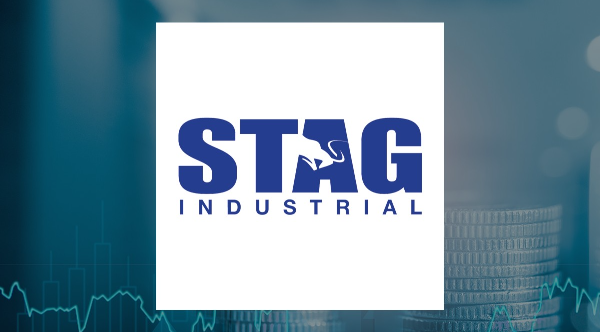


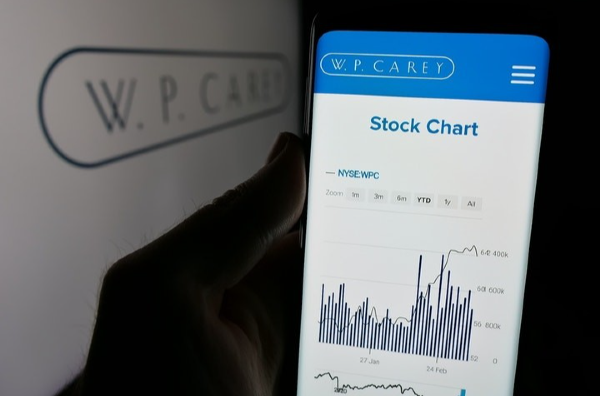

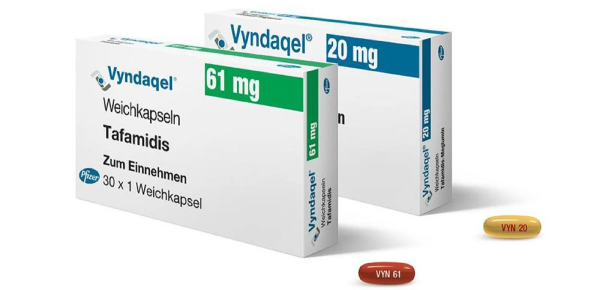





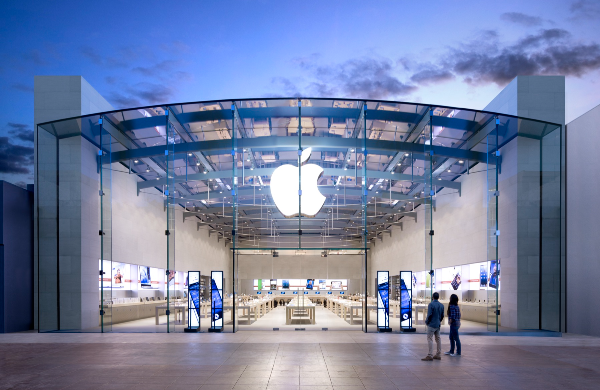


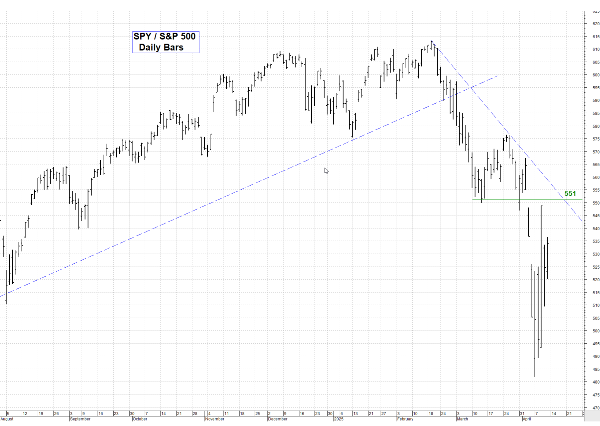



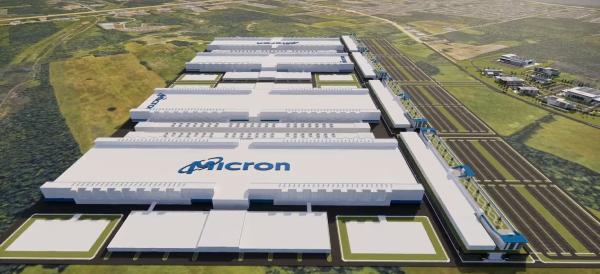









BHP Stock: Long-Term Potential Amid Cyclical Downturns
Good day, fellow investors! BHP Group (BHP) has faced a challenging period, with its stock down 30% over the last two years. Yet, the fundamentals remain strong—cash flows are healthy, dividends are consistent, and the market capitalization stands at a notable $126 billion. While cyclical downturns in the commodity sector are nothing new, they can often create excellent opportunities for value investors. Let’s take a closer look at BHP’s business, financial metrics, and long-term outlook.
The Business: Premium Global Assets
BHP boasts a portfolio of low-cost, high-quality commodity-producing assets. Key operations include iron ore in Australia, copper in Latin America, and the promising Jansen Potash mine, which is set to contribute 10% of global potash supply. These assets generate substantial cash flows, with an average operating cash flow of $15 billion over the past 15 years.
Shareholder returns have been remarkable, with $83 billion distributed in the last decade—an impressive 8% yield. Despite downturn cycles being more frequent than upturns recently, BHP’s global asset base remains resilient.
Iron Ore Insights
Iron ore production is a cornerstone of BHP’s business, with costs—including mining and shipping—sitting at roughly $40 per ton. While competitors also maintain low production costs, the outlook for iron ore prices is less optimistic. China’s transition to a service-oriented economy has tempered infrastructure demand, causing iron ore prices to stabilize but with potential for future declines.
The cyclicality of commodities underscores the need for diversification, and BHP has strategically expanded into potash and copper—both projected to benefit from long-term global trends.
Copper and Potash Growth Opportunities
Copper is a vital component in global electrification and urbanization, making it a key area of focus for BHP. Through initiatives such as the Chilean growth program and the Jose Maria London mining project, BHP is positioned to expand its low-cost copper production.
The Jansen Potash mine is another long-term growth driver. Set to begin production in 2026, it’s estimated to contribute over 8 million tons annually, equivalent to 10% of global supply. While short-term profitability may be modest, its strategic importance will likely increase in the 2030s.
Financial Metrics and Cyclicality
Recent results highlight BHP’s robust performance, with revenues of $12 billion and a profit of $5 billion for the first half of the fiscal year. Dividends totaled $2.5 billion, representing a yield of approximately 5%. Key metrics such as EBITDA margins remain strong—63% for iron ore and copper.
Despite its strengths, BHP’s sensitivity to commodity prices is notable. A $10 decrease in iron ore prices would reduce EBITDA by $1.1 billion, while a drop in copper prices would cut EBITDA by $2 billion. This reinforces the need for diversified investments within a portfolio.
Valuation and Intrinsic Value
Using an estimated free cash flow of $8 billion and assuming 4% growth over time, BHP’s intrinsic value calculates to approximately $52 per share—aligning with its current price for a 10% long-term return. As a cyclical stock, BHP often presents exceptional buying opportunities once a decade during downturns, making it a compelling addition to diversified portfolios.
Conclusion: Why BHP is Worth Considering
BHP Group offers investors exposure to high-quality assets, steady shareholder returns, and protection against long-term inflation. While its cyclical nature adds risk, its strategic diversification into copper and potash positions it for sustained growth amid global population and urbanization trends. For investors seeking long-term value with a healthy dividend yield, BHP is undoubtedly a stock worth considering.
Do you think BHP’s current cycle presents a buying opportunity? Share your thoughts in the comments below!
https://youtu.be/9Y7LbEoYWp0?si=kWJsA-8PEG4BFuVW